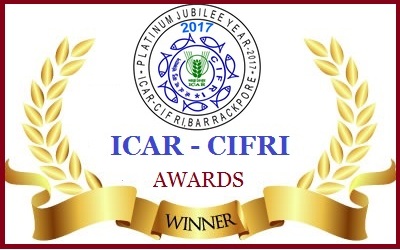Overview
Publications
Recruitment
Intranet
CIFRI Corners'
A team from the ICAR-CIFRI recently visited a few water bodies in the Panna Tiger Reserve Forest in Madhya Pradesh, which is a protected area, to learn more about the status of the aquatic biodiversity inside the National Park.
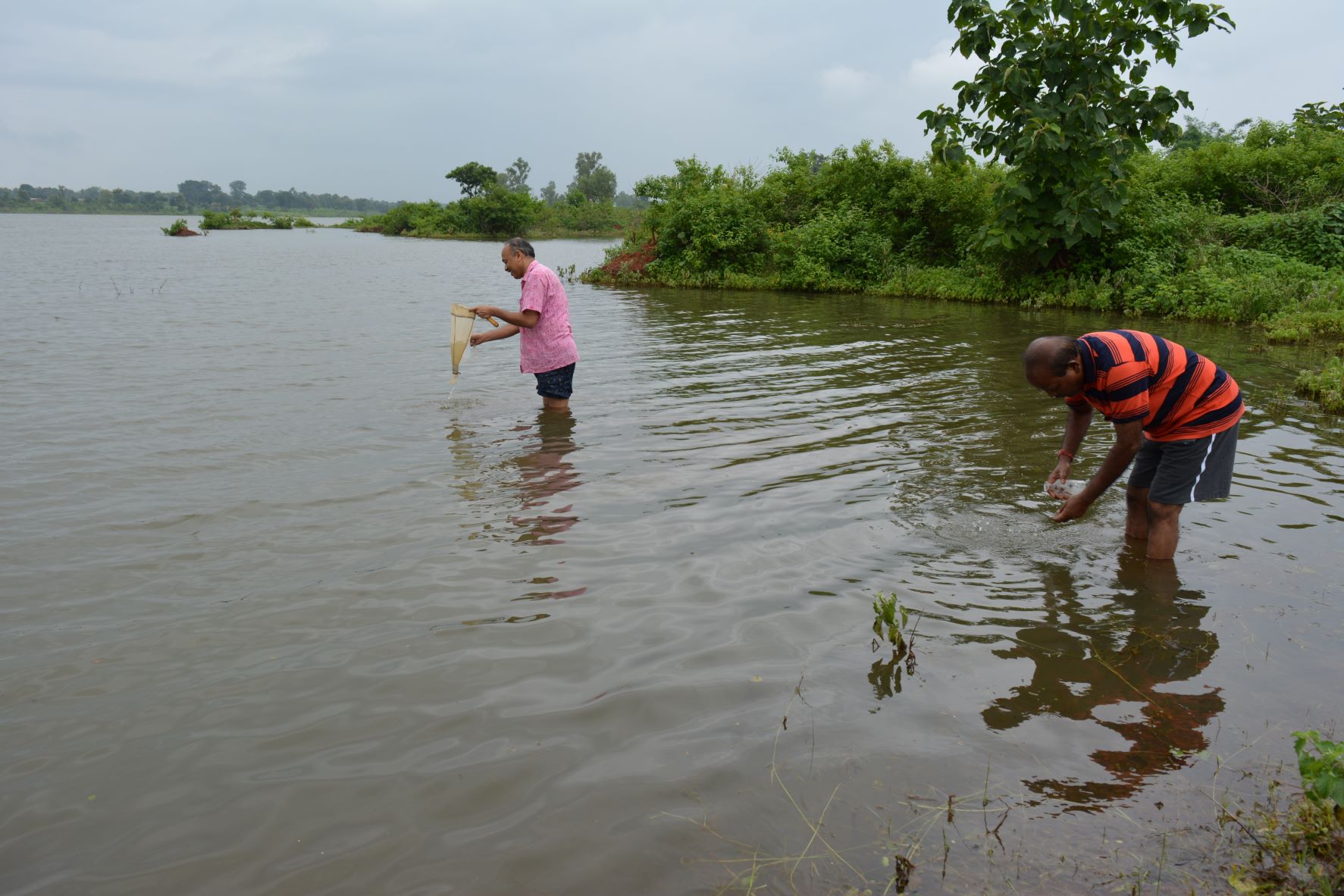
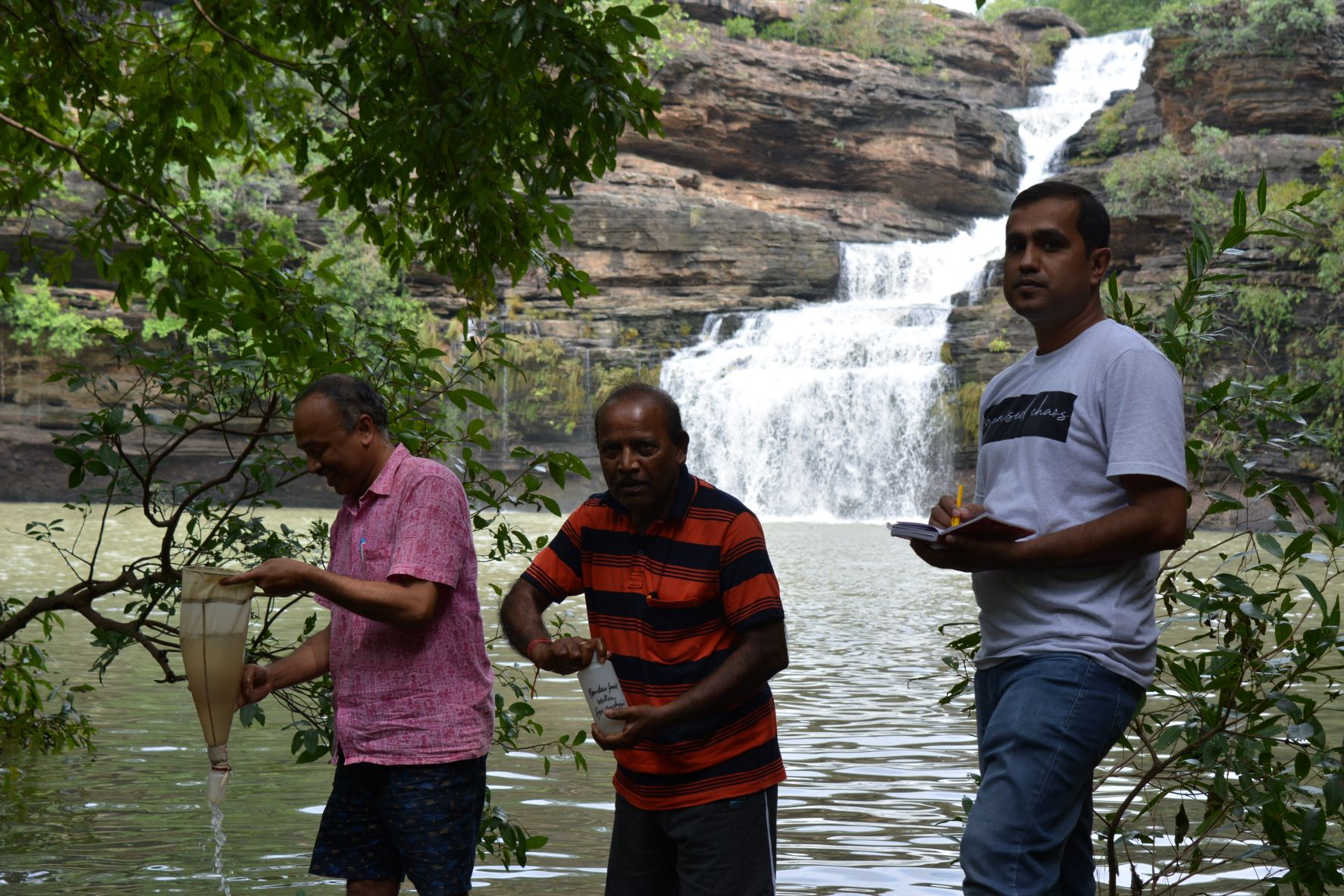 Five sampling sites were selected such as Hinauta dam (24°63′95.41″ N 80° 02′71.16″ E), Madla ghat (24°73′97.06″ N 80° 01′24.53″ E), Ranguwan (24°69′58.71″ N 79° 86′61.61″ E), Rampura dam (Itwan Kalan) (24°58′03.52″ N 80° 07′71.24″ E) and Pandav falls (24°73′05.81″ N 80° 06′73.64″ E) in and around Panna National Park for collection of samples of different biological parameters (plankton, periphyton, benthos, etc.). Water and soil samples were also collected to understand the condition of the water bodies.
Five sampling sites were selected such as Hinauta dam (24°63′95.41″ N 80° 02′71.16″ E), Madla ghat (24°73′97.06″ N 80° 01′24.53″ E), Ranguwan (24°69′58.71″ N 79° 86′61.61″ E), Rampura dam (Itwan Kalan) (24°58′03.52″ N 80° 07′71.24″ E) and Pandav falls (24°73′05.81″ N 80° 06′73.64″ E) in and around Panna National Park for collection of samples of different biological parameters (plankton, periphyton, benthos, etc.). Water and soil samples were also collected to understand the condition of the water bodies.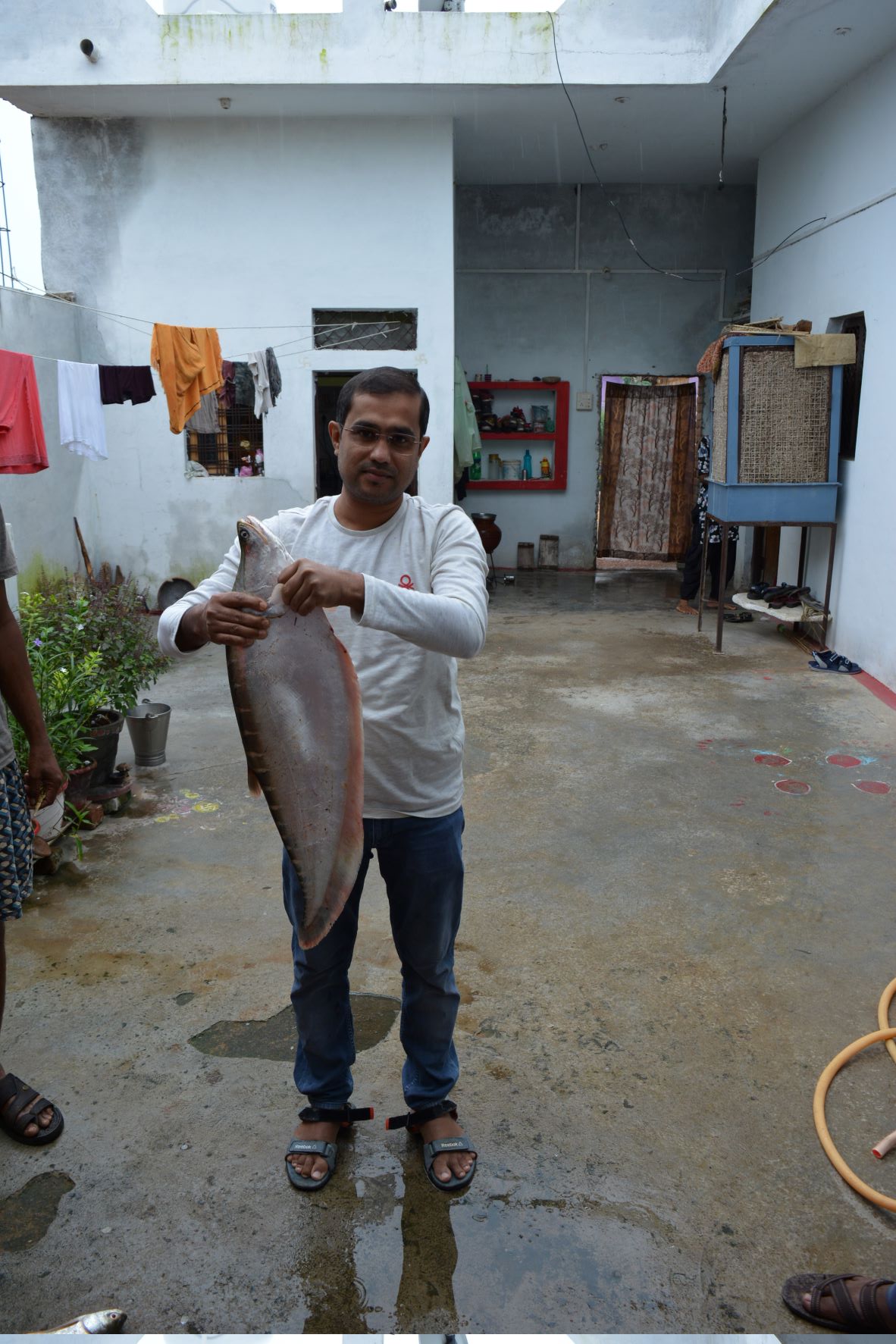
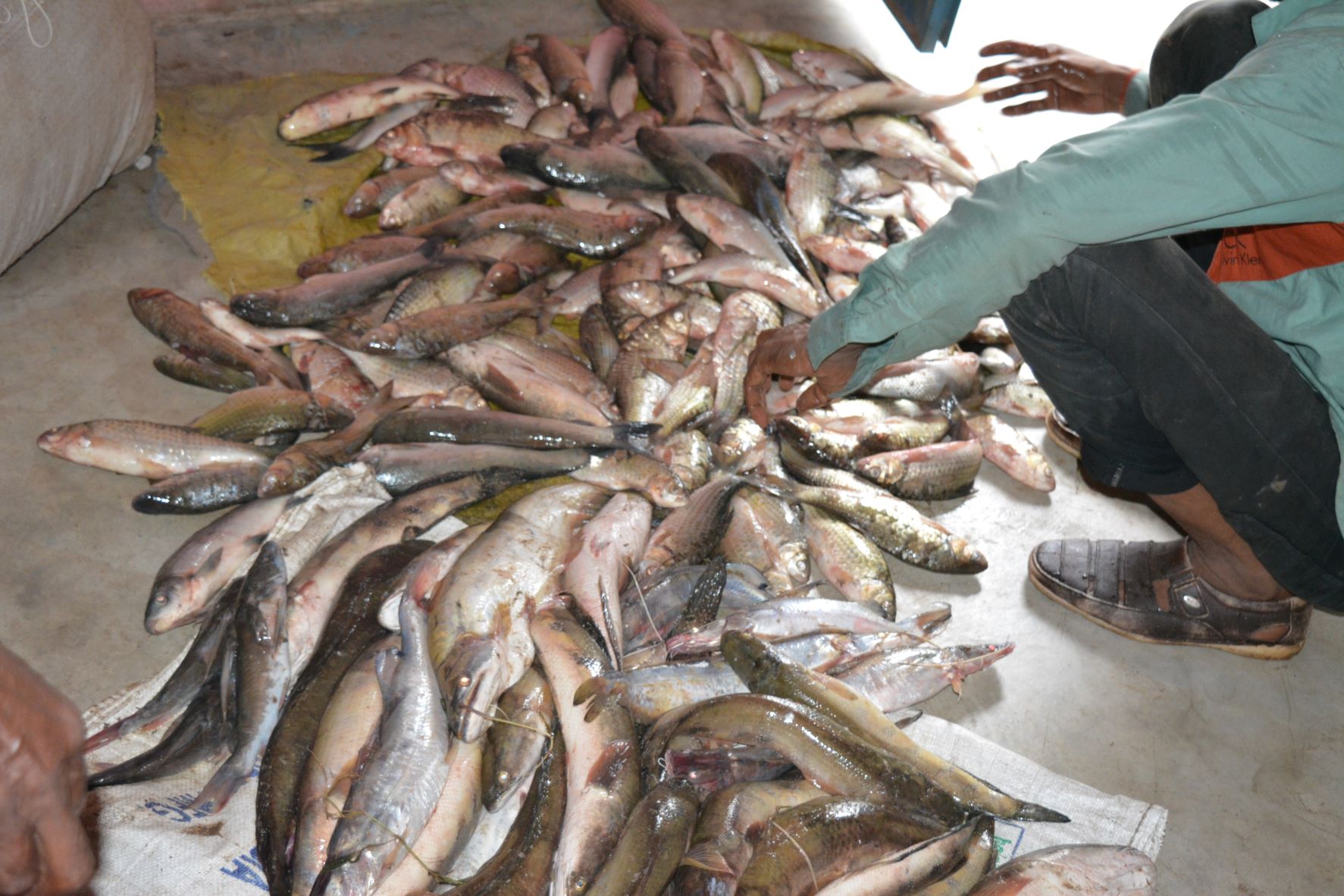 Mining activities in nearby diamond mine might have increased the ionic concentration here.
To understand their respective habitats in the context of continuous habitat degradation, documentation of aquatic biodiversity together with their distinct ecological habitats within protected areas is a need. Such research not only improves biodiversity, but also educates the populace about its significance and how to preserve such protected environments. Under the direction of Dr. Basanta K. Das, Director, ICAR-CIFRI, the survey was carried out by Dr. Ranjan K. Manna, Dr. Dibakar Bhakta, and Mr. R. C. Mandi as part of the ongoing Protected Area project.
Mining activities in nearby diamond mine might have increased the ionic concentration here.
To understand their respective habitats in the context of continuous habitat degradation, documentation of aquatic biodiversity together with their distinct ecological habitats within protected areas is a need. Such research not only improves biodiversity, but also educates the populace about its significance and how to preserve such protected environments. Under the direction of Dr. Basanta K. Das, Director, ICAR-CIFRI, the survey was carried out by Dr. Ranjan K. Manna, Dr. Dibakar Bhakta, and Mr. R. C. Mandi as part of the ongoing Protected Area project.

